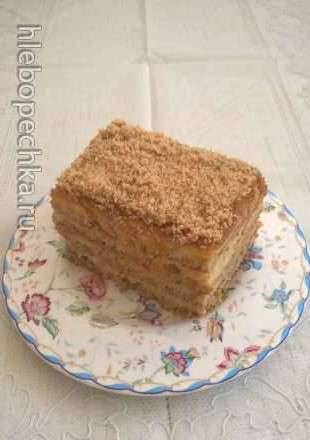Italian sourdough (Levito madre) Recently I shared my joy and talked about the real Italian sourdough from the master Francesco Favorito that came to life after three years of vegetation in the freezer. Of course I stirred her up, she fermented again and smelled
yogurt and violets, but what an Italian sourdough is in practice, I could not even imagine! Now you will see for yourself that Italians are real bread wizards! Only they can nurture and tinker with their leaven like this: they bathe it, and swaddle it, and tie it with a string, and keep it under strictly defined conditions. No wonder they look like a blossoming flower, beauty!

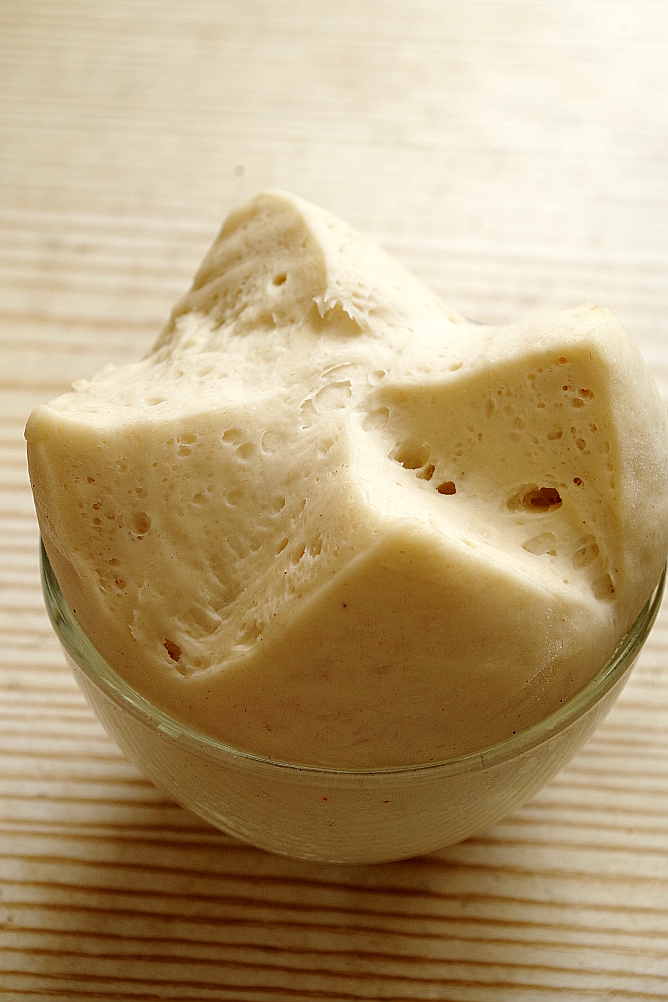
It's somehow easier with us, especially with rye sourdough: once a day, we fed it and it's done. Italians have a completely different approach to sourdough, despite the fact that its essence remains the same and at its core, like any sourdough, is a symbiosis of lactic acid bacteria and yeast. The Italian sourdough is called very beautifully -
levito Madrewhich means "mother yeast".
I will briefly list some of the characteristics inherent in the Italian sourdough: - Levito madre is bred and fed most often with white flour with strong gluten, since weak gluten will quickly degrade from the effects of acids in the leaven. At the same time, I will note that I feed my "Italian" with ordinary white flour with a protein content of 10.6%, as they say, the rich, the more happy. And the water I have is a local spill, and the air does not smell of Italy, but, I must confess, I think that technology and experiment are more important))
- When breeding sourdough, fruits are most often used (sometimes just mashed in puree right along with the skin), rich in sugars and wort from them (mainly grape) and other natural sweeteners (but commercial yeast is not used). Since Levito Madre is derived from white flour, which is poor in enzymes, it is sweetened with fruit to stimulate fermentation.
- Levito madre is usually conducted with a humidity of 50% (but it also happens to be 100-130% humidity), when the amount of flour is twice the amount of water. The thick consistency makes the flora of the starter more stable, we talked about this in this article.
- Such a leaven lives, as a rule, at room temperature or in the refrigerator. It can "live" in a high glass cellar or jar, cut with a cross, can be stored tightly wrapped in a towel, or it can live in water (wrapped in a towel or without it).
- They feed the sourdough that lives in the refrigerator every two to three days, while the sourdough that lives at room temperature needs to be fed twice a day. Given that this is a very thick leaven, which is not easy to work with, home bakers often keep it in the refrigerator to reduce the frequency of feeding.
And now - Cremonia for feeding Italian sourdough (this is, however, like a ceremony, not a routine procedure, as we are used to). In general, this is precisely the whole secret of the Italian leaven.
They take a lump of sourdough that comes up (the sourdough should be at room temperature, that is, give it a couple of hours before feeding), if necessary, unpack and cut off the upper layers, leaving the middle (the most active part of the sourdough), cut it into pieces and send it to take baths.
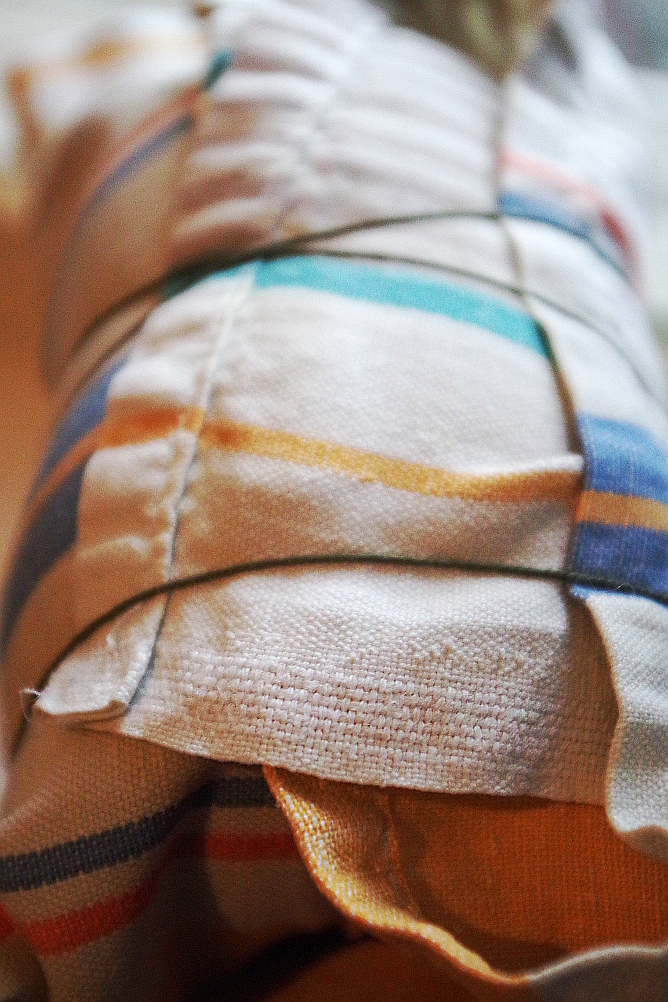
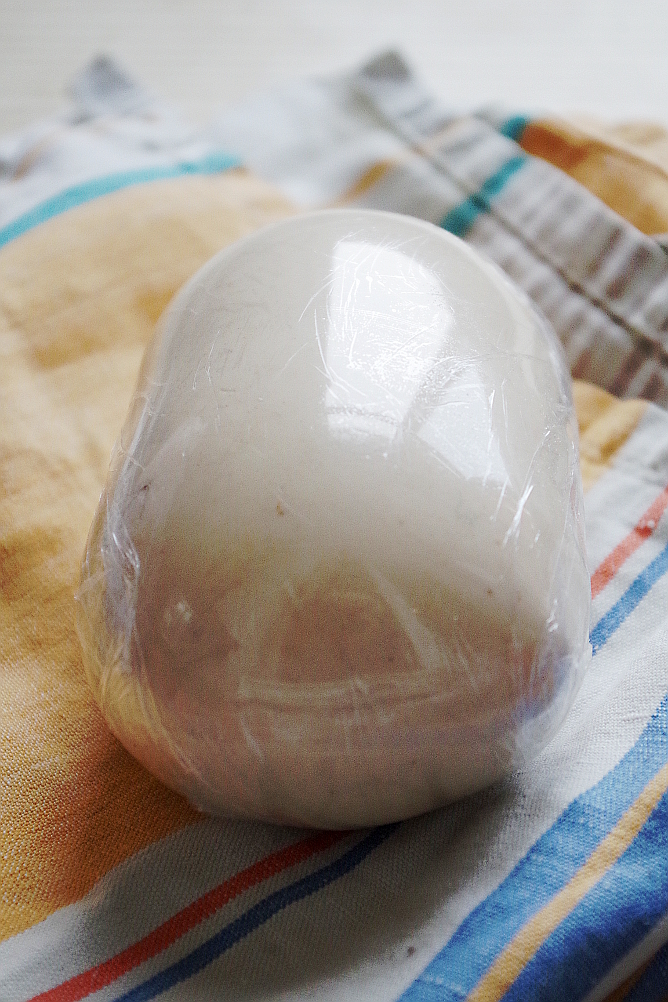
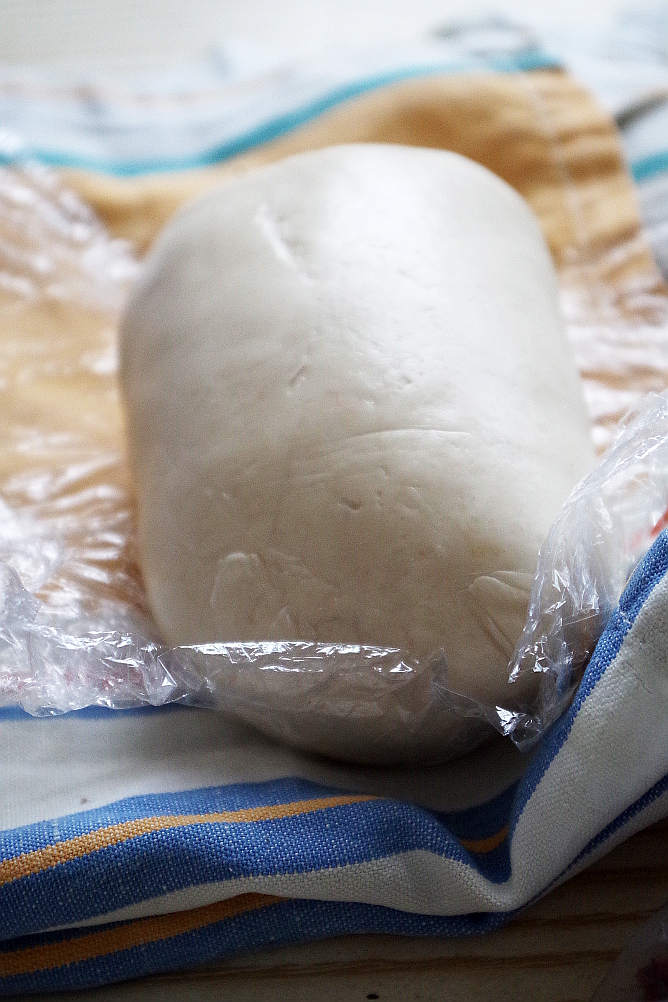

To do this, dissolve ½ tsp in a liter of warm water. sugar or honey and send the sourdough cut into pieces there. It is kept in water for 15-20 minutes, and then it is squeezed well, of course, the sourdough from this becomes more vigorous, but at the same time excess acid is removed from it.

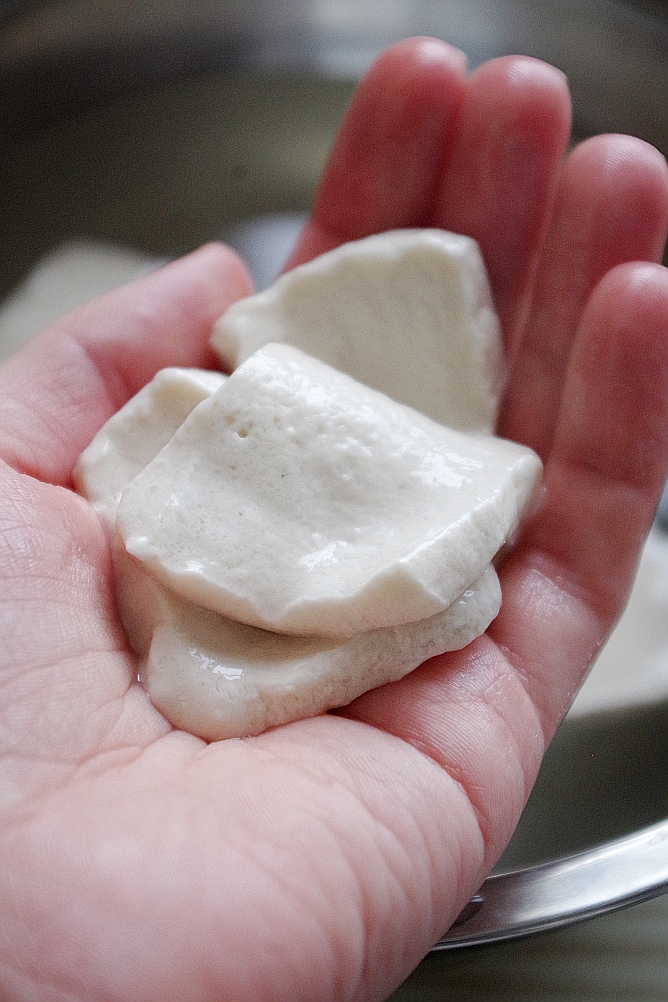


After the squeezed sourdough is weighed, an amount of flour equal to the weight of the sourdough is added + 20% and half the weight of the sourdough culture of sweetened water and beat well
blender... Professional Italian bakers advise using a blender, so the leaven will completely dissolve in water and be saturated with oxygen. For kneading steep sourdough dough, it is also advised to use the technique - kneaders and mixers to get a smooth, homogeneous dough. In fact, to knead such a tough dough until smooth, you need to try, so this advice is obvious and understandable. But while I work with my hands, I somehow don't want to drive my seven-liter Ankarsrum because of a piece of leaven.
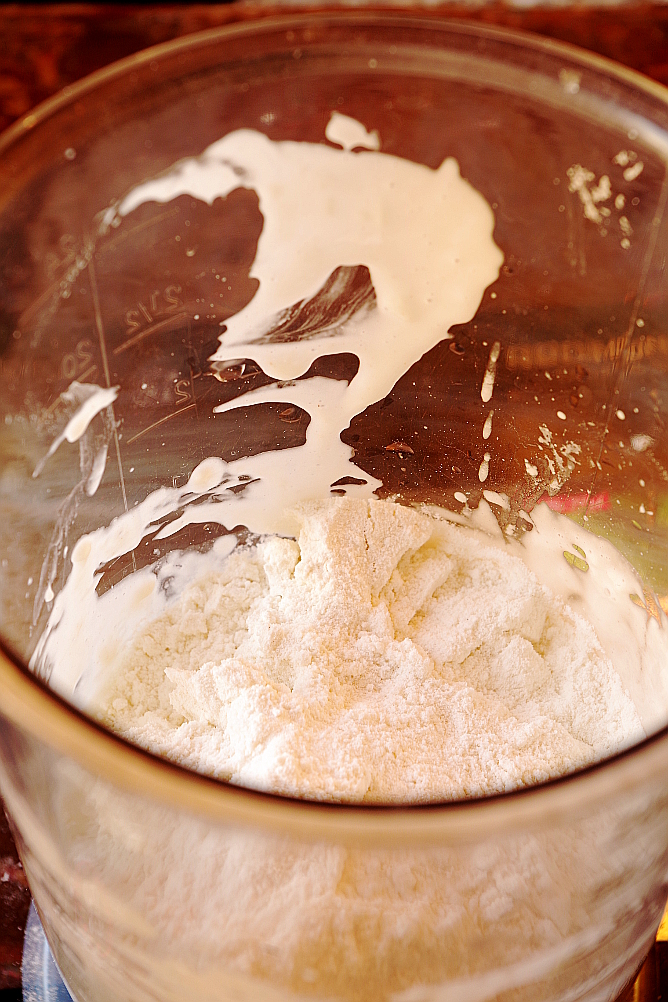

But this is not all, for the starter culture to be well stored, it is necessary to shape it correctly and organize the storage conditions. A ready-made smooth lump of dough after a short stay (5-10 minutes) is rolled out with a rolling pin or with the help of a pasta machine and rolled into a tight roll. The roll can be folded in half if it is long.
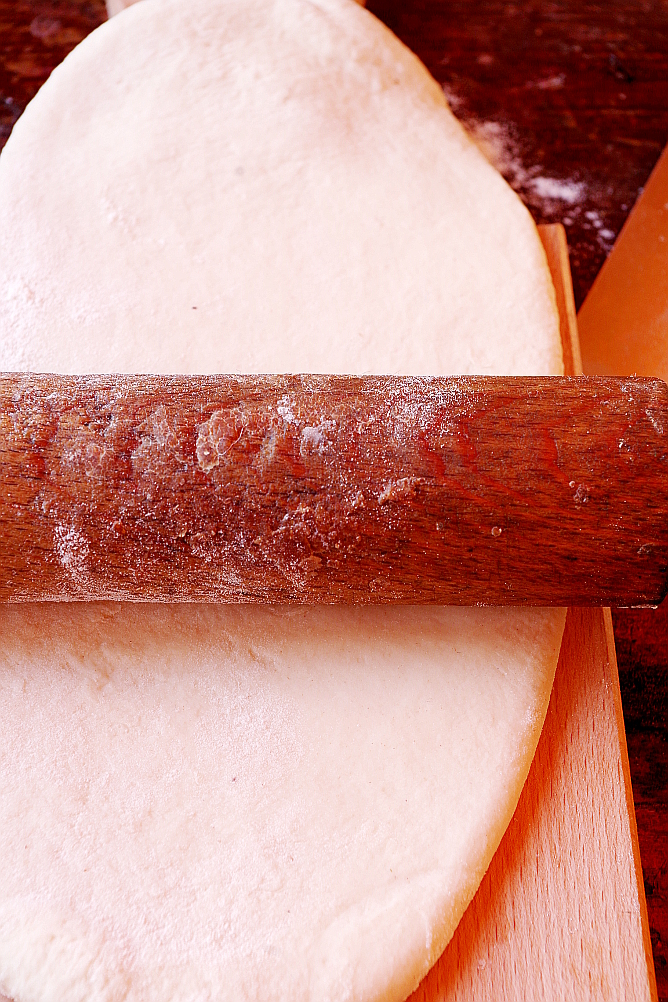
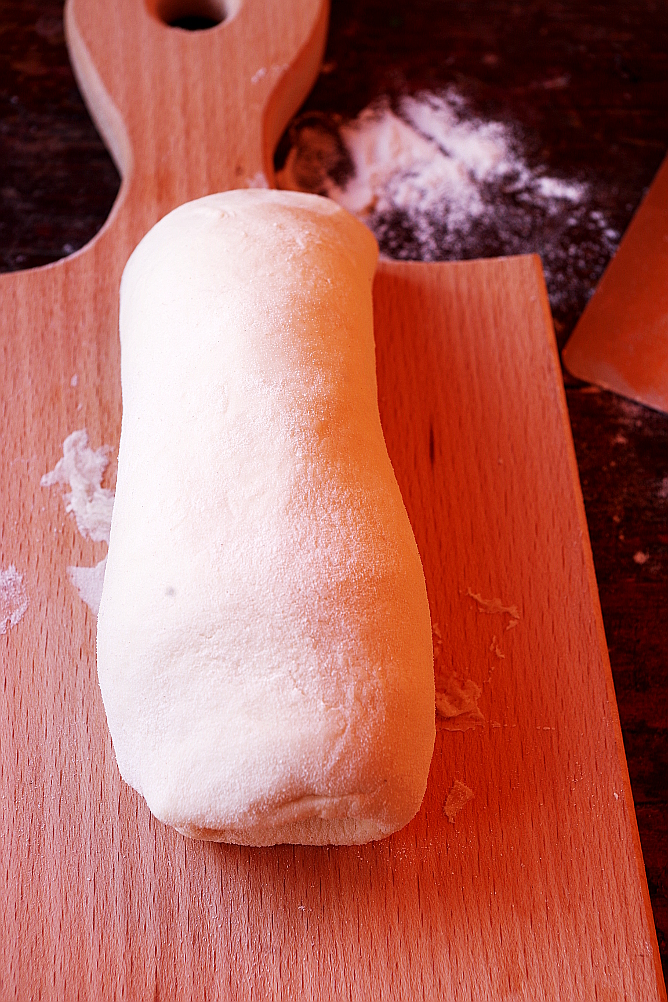 We now have several options for action:First
We now have several options for action:First: the resulting lump of starter culture can be cut with a cross so that the depth of the cuts goes 1/3 deep into the dough, but not deeper, straighten the corners a little and put the starter culture in a cylindrical vessel greased with vegetable oil. The incision, in addition to symbolism, has practical significance, this is how the aeration of the inner layer of leaven occurs

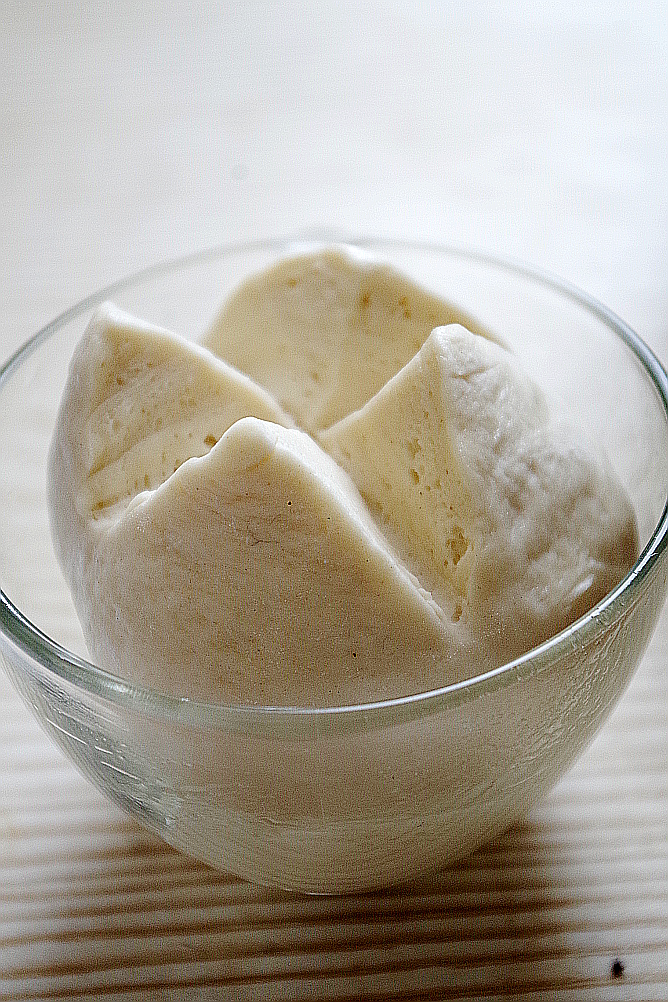
And about the vessel is important: in order for the leaven to retain its properties and gluten in good condition as long as possible, it is really important to choose the right vessel. The glass, cup, mug (made of glass or food-grade ceramics) must be narrow enough and large enough (two to three times the volume of the starter culture) to support the walls of the dough, otherwise the gluten will weaken. It is also important that the leaven can keep the shape of a ball, that is, the dishes should be exactly cylindrical, and not square or something else. If you compare the starter culture that was stored unsupported in a wide cup or jar and the starter culture that was stored in a suitable narrow vessel, the gluten state of the second is much better. I checked on the park and was very surprised how big the difference was. My leaven, which was kept in the refrigerator in a wide vessel after three days of storage, was sticky and smeared, and the leaven from the cup, the walls of which did not allow the leaven to spread in breadth, remained firm, albeit softer.
Second the way of storing the starter culture is anaerobic, that is, practically without air access: a smooth lump of dough is wrapped in a bag or cling film, and then in a linen towel and pulled with a thread. I liked this method most of all, the starter culture during such storage (3 days in the refrigerator) was practically non-acidic and kept its elastic gluten for the longest time. I confess that once a day or two I unraveled my leaven, rolled it over, rolled it again with rute, checked how she was doing, and then swaddled it again and sent it to the cold. Probably, this was not necessary, even if she was mature and plump, but she could not resist. After each workout, after a while, she returned to her lush volumes.
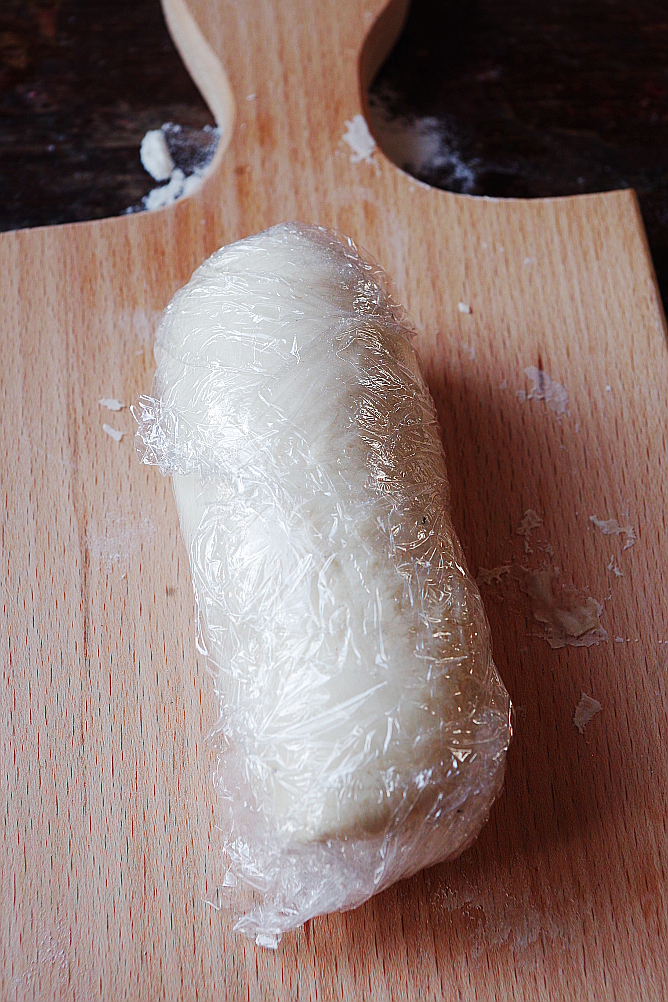
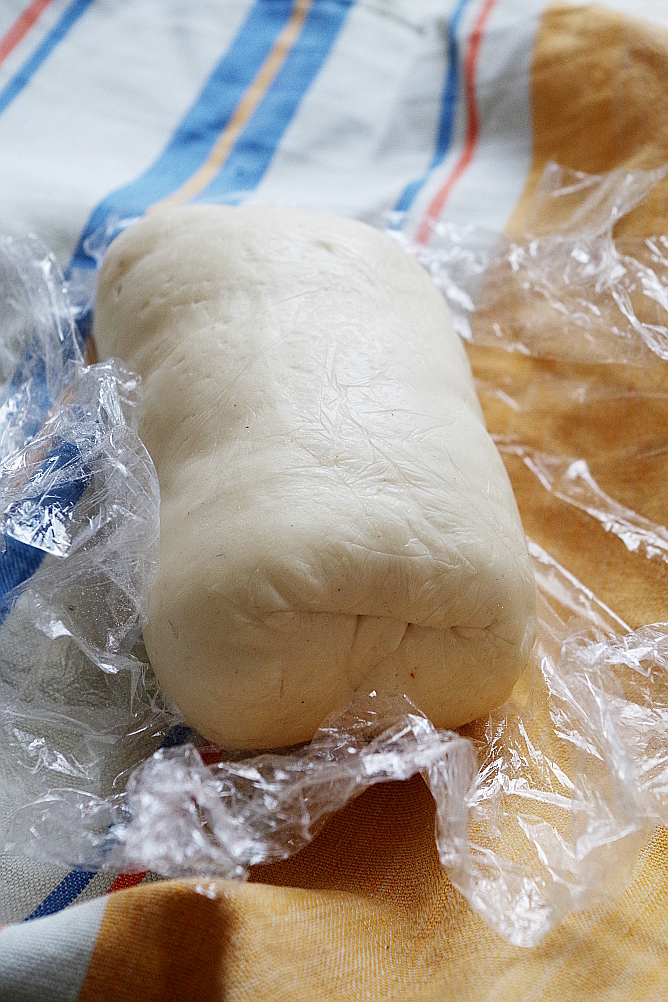
And here is the sourdough on the cut after 3 hours of fermentation in a warm place and a day in the refrigerator:

By the way, the starter culture "designed" in this way can still be stored in water. Fill a bowl with water at room temperature, put a roll of sourdough in it and refrigerate after three hours. To be honest, I did not try to store the sourdough in water, I was quite satisfied with the second method - in cling film and a linen towel.
As with any starter culture, it is important for an Italian starter to start fermentation in a warm place before going to live in the refrigerator, this is important for the stabilization of the flora. Certain types of bacteria, which can produce aromatic substances in warmth, are inhibited when the temperature drops to 10 degrees. Therefore, before you steam the prepared starter in the refrigerator, it must be left until the visible beginning of fermentation and the volume approximately doubles.
To admit, when I tried to figure out the feeding scheme and the life of the Italian sourdough, I got a little confused, therefore, for myself and for you, I will write down the scheme for feeding the ripe Levito Madre.
1) Let the sourdough from the refrigerator warm up to about room temperature.
2) Cut off the top layers of the sourdough (cut off pieces are the "surplus" and "leftovers" with which we constantly struggle, baking pancakes, waffles, pancakes and even bread).
3) Cut into pieces and bathe in sweetened water for 15-20 minutes, squeeze well.
4) Weigh and place in the blender bowl.
5) Add sweetened water equal to the weight of the starter culture.
6) Add twice as much flour, mix, knead to get a smooth dough.
7) Roll it into a layer, roll it up.
We cut it with a cross and put it in a narrow vessel oiled with oil or wrap it in foil, and then in a linen towel. We pull the towel with nikta so that the bundle with the leaven does not unfold during the ripening process.
9) After three hours, when fermentation begins in the leaven and it increases in volume, we hide it in the refrigerator.
I don’t know, maybe it’s to me, not accustomed to such curtsies and ceremonies with its sourdough, that it seems that the Italian sourdough is just a pampered princess compared to my rye. The first impressions and thoughts of leading the sourdough in Italian is awe and reverence for the "mother's yeast", which really looks like a sacred ritual. Each step and action has its own meaning and practical significance, everything is done to obtain a specific result and specific properties, stability and the highest quality of bread. In Italy, sourdough has been baked for centuries and there has never been a decline in interest in sourdough and leavened bread. As a result, there is an unrealistic multitude of varieties and types of bread of the most ordinary and most unusual shape, strong bread traditions. It is customary there to bake with sourdough, it is customary to share sourdough, conduct master classes and bake and sell leavened bread in bakeries. This cannot but captivate and beckon, you certainly want to touch this huge and generous culture of Italian sourdough bread.
How to start baking with Italian sourdough.As a rule, what we call a “starter” is used for bread - Levito Madre itself. Due to the fact that the Italian sourdough is not as sour as our rye or even wheat sourdough on whole-grain flour, after a couple of regular Italian "sacred rituals", you can start the dough right on the Levito Madre. Just in case, let me remind you that for wheat bread with rye sourdough, it is advisable to use a very small amount of sourdough, literally 3-10 grams, so that the bread is not sour. But the Italian sourdough can be taken in much more tangible quantities - 100-200 and even 300 grams at once. depending on the recipe.
If we are talking about baking bread from ordinary, not fancy dough, then the kneading may be preceded by one or two preliminary dressings, or you can use the leaven as it is. Before kneading, it is also customary to bathe it in sweetened water in order to remove excess acid, squeeze it well and then take the dough.
Not so long ago I showed my first bread on Italian sourdough, which turned out to be sooo fluffy and completely non-acidic, although I plumped the sourdough as it is, without preliminary "dispersal" with dressings and bathing in sweetish water.
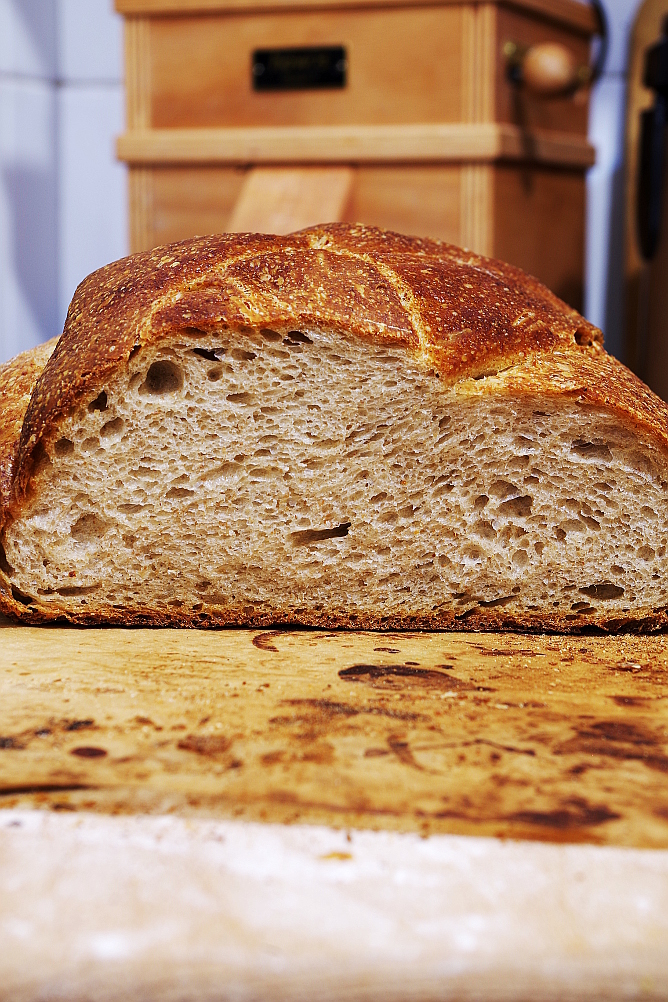
And here, by the way, there are two more attempts at baking on Levito Madre - whole grain bread according to Francesco Favorito's recipe and a French bun. I must say that bread made with Italian sourdough turns out to be excellent, its aroma is delicious, and in itself it is gorgeous, it is simply delicious to eat. And the sourdough in terms of taste and aroma is simply incredible: if a slight sourness is guessed in the smell, then after a day of fermentation it is not even close in taste, but it tastes slightly sweet - lovely!))
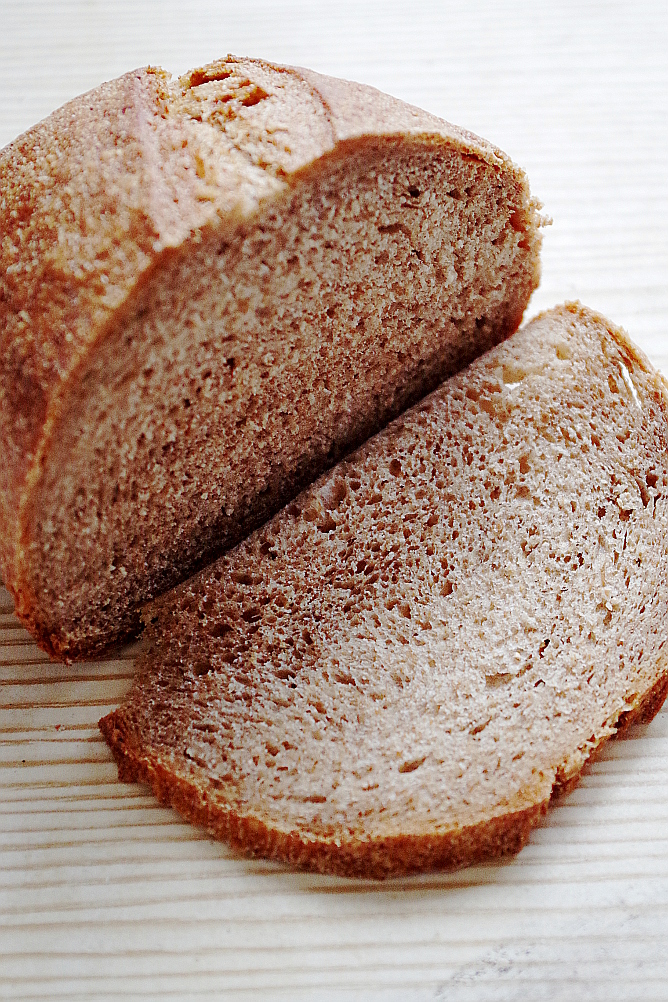
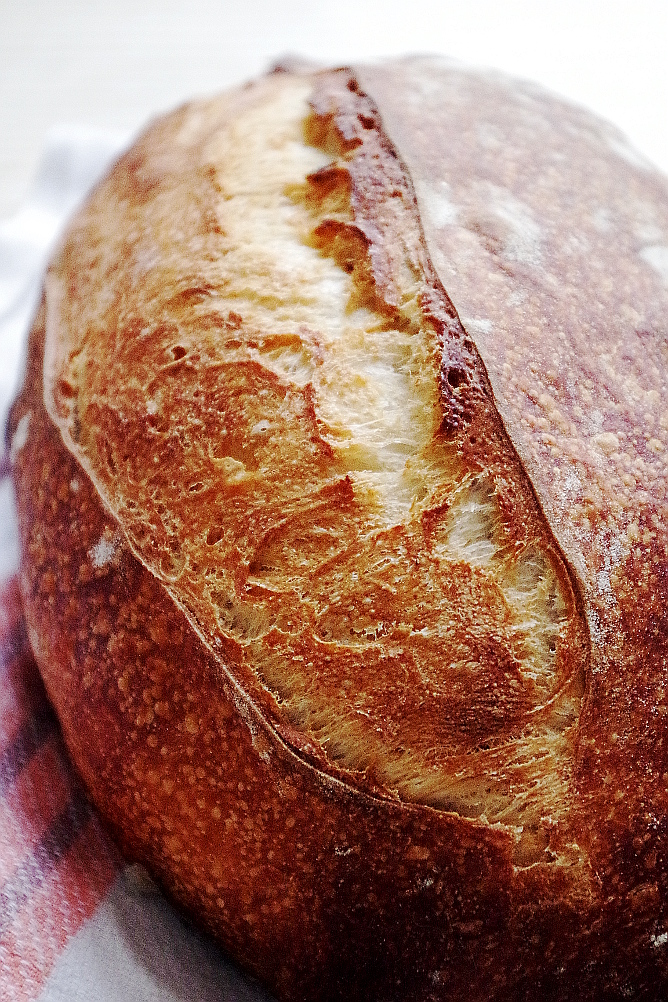
If panettone or pandoro is to be baked with a lot of baking, the sourdough is refreshed three times before kneading with flour, on which the future dough will be kneaded.That is, they refresh it once, wait for full ripening, immediately refresh it again, wait for ripening, refresh it for the third time, and after ripening start kneading the dough. Thus, the leaven becomes the strongest and most aromatic and, accordingly, capable of raising heavy pastry.
At the end of this story, I can't help but recall my recent experiments with cold dough in the refrigerator, in fact, an attempt to befriend the Italian Levito Madre. To be honest, having worked with real Italian sourdough as expected, that is, according to the rules, it became clear to me that they were just children's toys. Real Italian Levito Madre is absolutely gorgeous and beautiful, but it also requires an appropriate attitude towards itself. Exceptional hygiene, precision and punctuality, so that the result is a lush and fragrant Levito madre and bread on it.
Author Elena Zheleznyak
🔗











